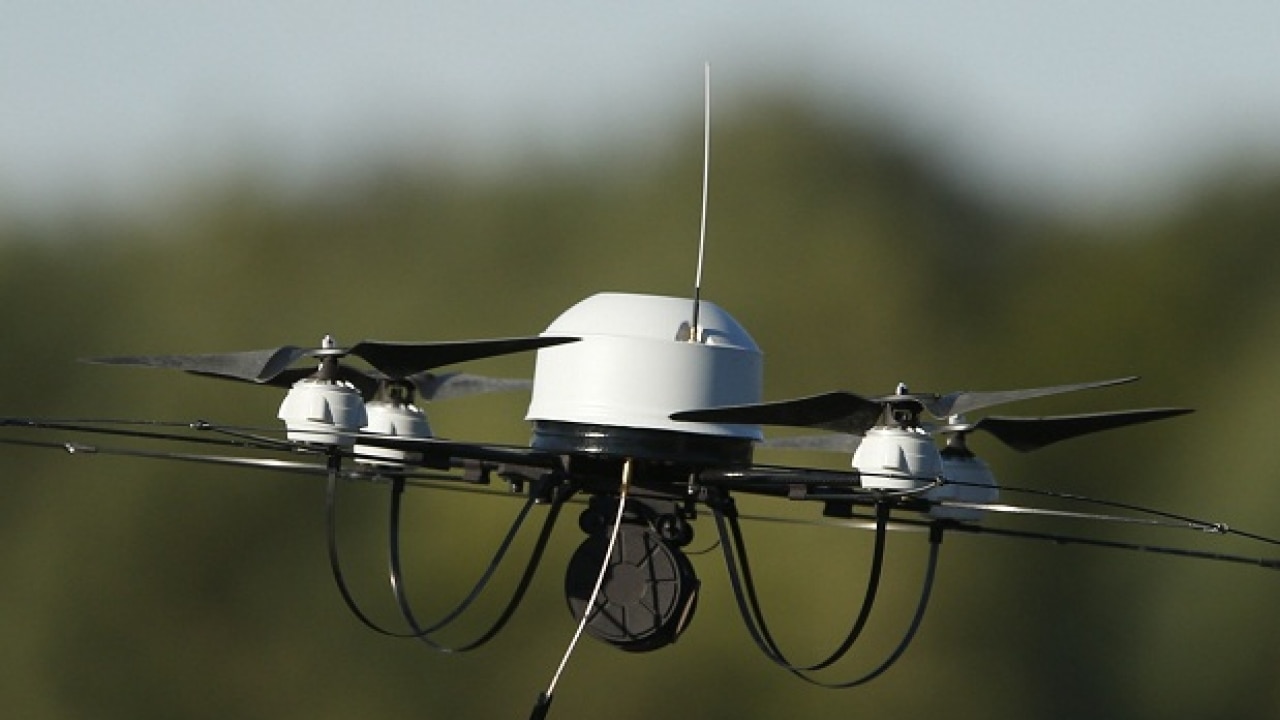
The normal impression of an Indian policeman is a pot-bellied corrupt individual trying to fleece gullible innocent citizens. Prime Minister Modi recently approved building 100 Smart Cities and earmarked initial Rs 48,000 crore amounting Rs 500 crores for each city. ‘Smart City’ is to use modern digital technologies to enhance performance and well-being of the population, reduce costs and resource consumption, and to engage more effectively and actively with the citizens.The entire strata of population irrespective of the level of education, skill and income are to benefit. One key element of a city is policing, involving law enforcement, property protection and preventing disorder so that citizens can live in peace and tranquillity. The police require secure quick communications, rapidly deployable vehicles with warning devices, and modern equipment for surveillance.
Read: Find out if your city is 'smart'
Advances in Unmanned Aerial Vehicles (UAV) and micro drones offer a totally new dimension to policing. Long endurance UAVs could be airborne for days and months. Their vantage position in the air, large ground foot-print and quick mobility allow better communications and surveillance. Modern UAVs can also be flown with autonomous control. Over 50 countries operate UAVs and several of them make their own. The most commonly used UAVs for policing are the tactical UAVs that operate below 10,000 feet altitude and distances of 150 km. Also used are hand-held UAVs operating below 2,000 feet and covering short ranges up to 2 km for specific operation. Micro or Nano UAVs are used for snooping in confined spaces for targeting individual elements. Low cost UAV applications include water and oil pipeline security, highway patrol, anti-piracy, flood monitoring, emergency rescue aid dropping, fire and large accident rescue and investigation, illegal landfill detection, wildfire mapping, sporting event crowd management etc. They can also be used to drop a smoke or tear gas grenade. After the Mumbai attacks, policing the coast is often being best handled from the air. Traffic on city arterial roads can best be managed using aerial picture to decongest roads. UAV will assist a police chase against a speeding runaway criminal. Peruvian archaeologists routinely use drones to protect sites from squatters, builders and miners. Long queues of trucks at city borders or vehicles at Toll-Plazas can be policed from the air. Water wastage policing, unauthorised tree cutting, pollution monitoring, political demonstration monitoring, city-park policing, are some other application. A single UAV can replace thousands of CCTV cameras. They act as great deterrent for civic indiscipline through minimal human intervention.
UAVs carry sensors that could provide images through clouds, rain or fog, in day or night conditions, all in real-time. Infrared cameras allow night vision and also can detect heat foot-prints. UAVs have been tested as airborne lifeguards, locating distressed swimmers using thermal cameras and dropping lifesaving gear to swimmers. UAVs have a great role in anti-smuggling and anti-wildlife poaching. Quadcopters are used for monitoring cruelty to animals. Policing uninhabited islands or sparsely populated areas is another area of advantage. A mini hand-held system can be launched in minutes, and could climb to a kilometer in less than a minute.
The US and Israel currently dominate 80% of the world UAV market. China is fast catching up. Indian defence PSUs have also developed mini and micro UAVs. Aviation may come to the rescue of India’s dismal police-to-population ratio of 130 to every 1,00,000. Mumbai and New Delhi police are on the verge of acquiring UAVs. On the spot, a policeman can now be spared for other duties. VVIP route sanitisation would not require 1,000 policemen anymore.
Extensive use of UAVs for policing could be an issue for privacy rights. International rules prohibit flying a UAV within 50 meters of a person, however, high resolution cameras could snoop from many kilometers above. The US operates nearly 10,000 UAVs with a significant number in policing roles. While larger UAVs could cost nearly a few million dollars, small cheaper ones could cost just a few thousand. Like the telecom revolution, India may directly transit a low paid policeman to a tech savvy drone cop. The drone market could soon exceed 10% of all aviation deals. UAVs are undoubtedly the best policing tool. Aerial policing is the way of the future.